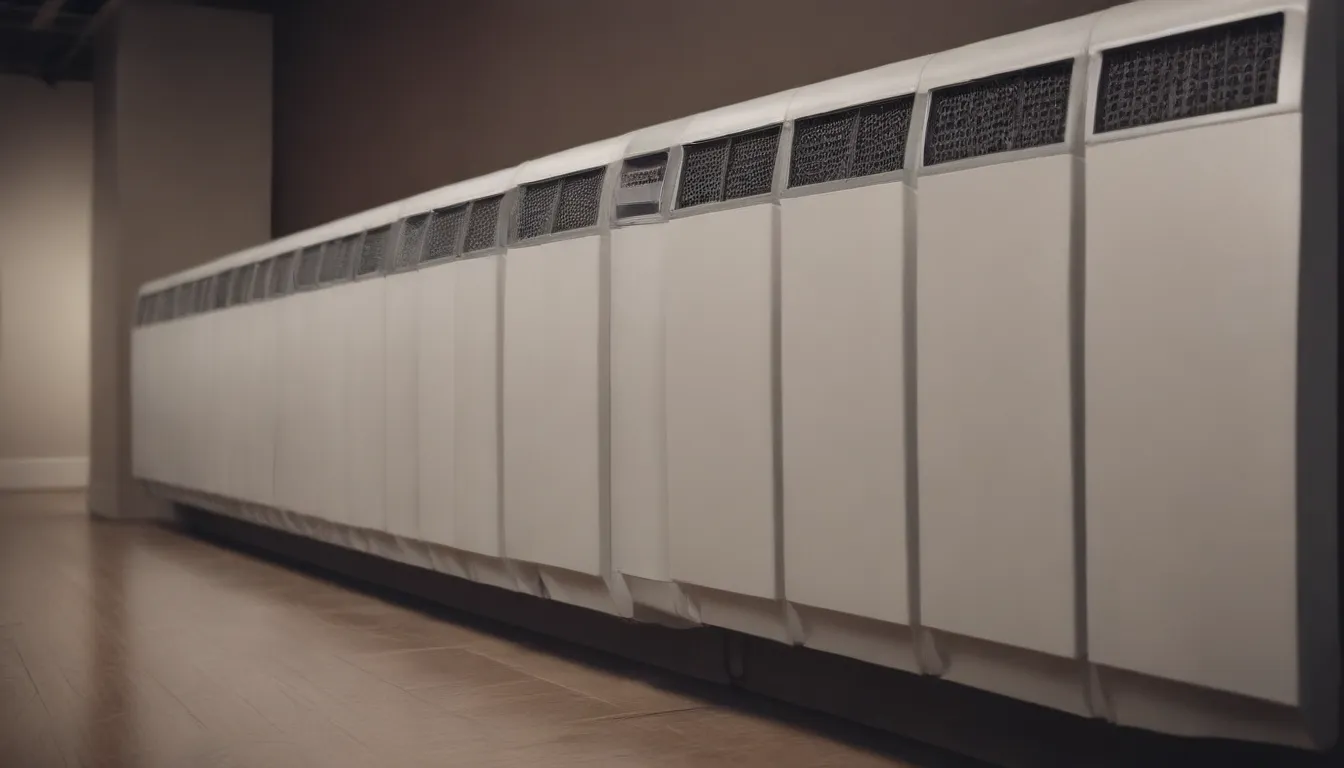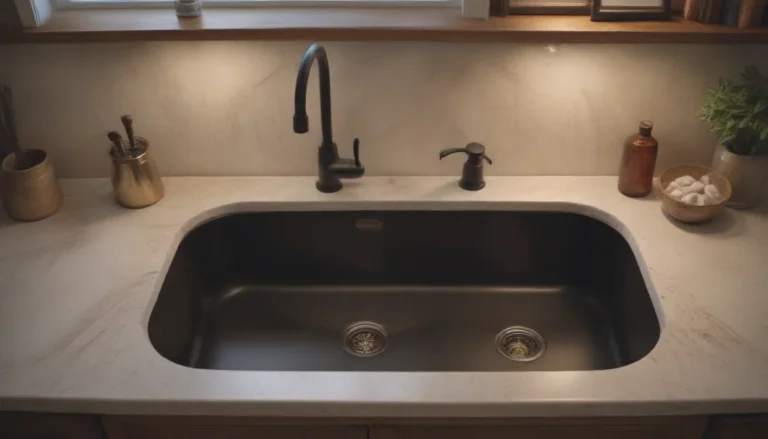Everything You Need to Know About Electric Wall Heaters

Are you facing the challenge of heating a room addition, finishing a basement, or updating a bathroom or bedroom? Look no further than electric wall heaters! These devices are a convenient solution to bring heat into even the most hard-to-reach spaces. In this comprehensive guide, we will explore the pros, cons, installation process, and maintenance of electric wall heaters.
Pros of Electric Wall Heaters:
– Inexpensive: Electric wall heaters cost between $115 and $250 per unit, making them a cost-effective heating solution.
– DIY-Friendly: Installing an electric wall heater is a straightforward process that can be done in just a few hours.
– Spot Heating: Electric wall heaters are perfect for heating specific areas without affecting the entire house.
– Energy-Efficient: Electric wall heaters convert 100% of their fuel to heat, making them an efficient heating option.
Cons of Electric Wall Heaters:
– Noisy: Some electric wall heaters can be noisy when in operation, which can be a drawback for some homeowners.
– Buffer required: It is essential to maintain a buffer zone between the heater and any flammable items to prevent accidents.
– Expensive to run: While electric wall heaters are inexpensive to purchase, they can be costly to run, especially in areas with high electricity rates.
Installation Process:
Installing an electric wall heater is a simple task that can be completed in just a few steps:
1. Cut a square hole in the wall where you want to install the heater.
2. Run 120V or 240V wiring into the device.
3. Secure the device to the wall.
4. Turn on the heater and enjoy the warmth!
Maintenance and Repair:
Electric wall heaters are easy to maintain. Simply vacuum the outer section and grille regularly to keep it clean and running smoothly. It is essential to follow the manufacturer’s recommendations for maintenance to ensure the heater’s long-term performance.
Placement:
Electric wall heaters work best on interior walls rather than exterior walls. They are ideal for heating single rooms but may not be suitable for heating an entire floor or multiple areas. Consider installing one heater per room for optimal heating performance.
Energy Efficiency:
Electric wall heaters are both energy-efficient and inefficient, depending on how you look at it:
– Energy-Efficient: Electric wall heaters are designed to heat specific spaces efficiently, without wasting energy on heating areas that don’t need it.
– Energy Inefficient: While electric heating converts 100% of its fuel to heat, electricity production and transmission can result in energy losses.
Top Brands:
There are several top brands of electric wall heaters to choose from, including Cadet, King Electric, and Stiebel Eltron. Each brand offers a range of features and options to meet your heating needs.
Electric Wall Heaters vs. Space Heaters:
Electric wall heaters are similar to portable space heaters but offer some key differences:
– Wall heaters are permanent fixtures that are recessed inside a wall, while space heaters are portable and plug into an outlet.
– Wall heaters are hard-wired into an electrical circuit, while space heaters typically rest on the floor and have a thermostat on the device only.
In conclusion, electric wall heaters are a convenient and cost-effective heating solution for heating single rooms and specific spaces. By understanding the pros, cons, installation process, and maintenance requirements of electric wall heaters, you can make an informed decision on whether they are the right heating option for your home.





